France is lucky to have many World Heritage Sites, but there are several UNESCO World Heritage Sites in/near Paris. You can easily visit some of them on a trip to Paris. Even if you do not know it, you are already familiar with one spectacular World Heritage Sites – the banks of the Seine. Did you know that? For many people, the designation alone is enough reason to make a trip to see the site or to plan a vacation around it. But, what does it mean to be designated a UNESCO World Heritage Site?
What is UNESCO?
UNESCO is an agency within the United Nations. According to its website: “The United Nations Educational, Scientific and Cultural Organization (UNESCO) seeks to encourage the identification, protection, and preservation of cultural and natural heritage around the world considered to be of outstanding value to humanity. This is embodied in an international treaty called the Convention concerning the Protection of the World Cultural and Natural Heritage, adopted by UNESCO in 1972.”
How Does UNESCO Do All of That?
Nearly 200 countries have agreed to be bound by that Convention and the policies adopted by the organization. These policies affect many different aspects of culture, but a well-known way that is easy to tangibly see are landmarks or areas that are designated as a World Heritage Site by UNESCO.
What is a World Heritage Site?
Obtaining the designation is often a years-long process based on a variety of criteria that demonstrate the area or landmark’s significance, uniqueness, and contribution to culture. And, in emergency situations, UNESCO takes into account the potential for loss. Suffice it to say, that the places on the World Heritage Site list are generally awe-inspiring.
Why Do Countries Want Sites on the List?
Along with the prestige of having the designation, financial assistance may be awarded to preserve, conserve and plan for the future. Also, oversight and expert help come from UNESCO. Plus, the designation will bring hordes of tourists (money from another source).
UNESCO, like many other organizations, has had its share of controversies. Although it may be difficult to find agreement on how cultural conservation should be accomplished, no one can argue with attempts to save cultural sites, heighten awareness of them and provide planning assistance for the enjoyment of those sites by future generations. Plus, they are fun to visit!
(By the way, UNESCO headquarters is in Paris on the Place de Fontenoy in the 7th Arrondissement, behind the École Militaire.)
Following are UNESCO World Heritage Sites In/Near Paris.
Links are for the UNESCO entry that describes its cultural importance and the website of the landmark.
Paris, Banks of the Seine
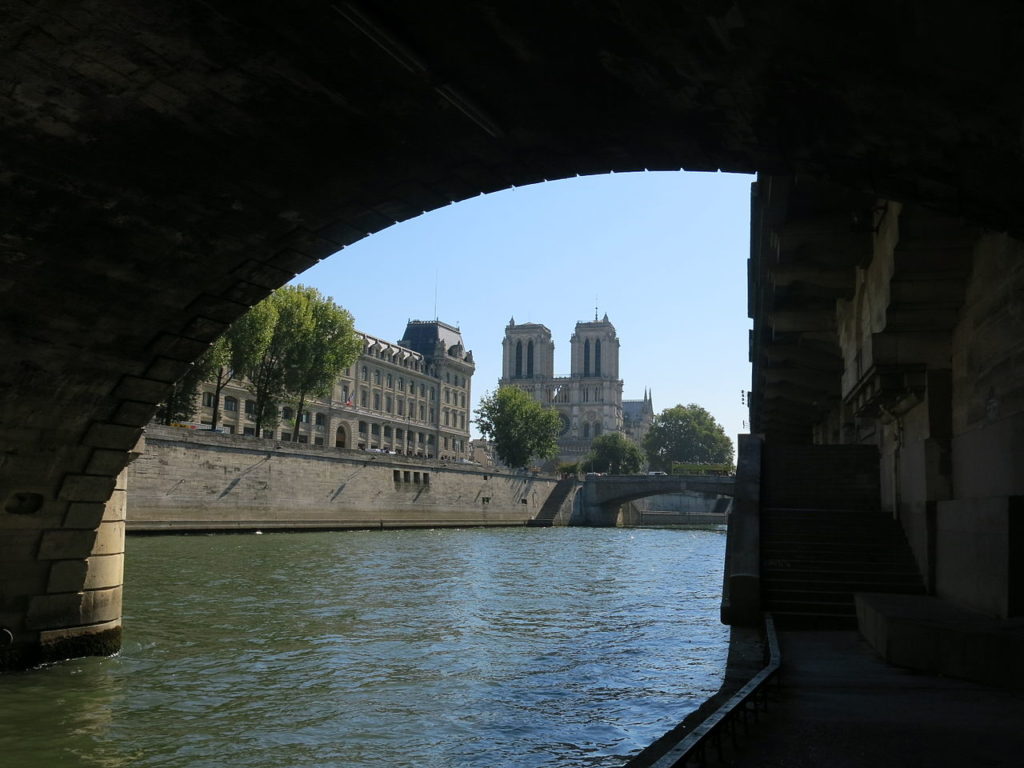
That’s right! You already know this one! And, UNESCO recognizes the entire landscape. Medieval buildings, grand plazas, gardens, monuments, bridges – the whole thing. Most of the designated area can be seen from a river cruise.
UNESCO website: http://whc.unesco.org/en/list/600
The Architectural Work of Le Corbusier, an Outstanding Contribution to the Modern Movement.

Le Corbusier, born Charles- Charles-Édouard Jeanneret, was a Swiss-born architect working from the 1920s to 1960s. He was responsible for 17 international sites that are together the one World Heritage Site. Two of his works are very near Paris.
UNESCO website. http://whc.unesco.org/en/list/1321
Villa Savoye
A National Monument located only on the outskirts of Paris.
Website: http://www.villa-savoye.fr/en/
Porte Molitor Apartment Building
Walk by this modernist apartment building from the 1930s on Rue Nungesser et Coli and faces Stade Jean Bouin. Private residences.
Provins, Town of Medieval Fairs
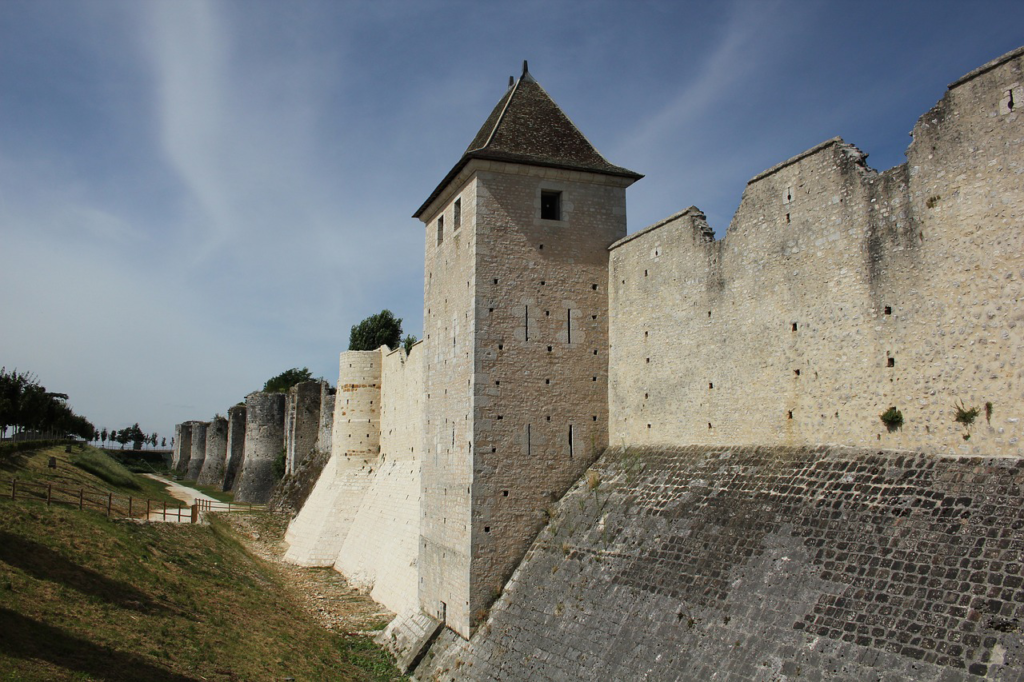
Counts of Champagne ruled from this town. Provins was home to annual trade fairs where goods were bartered and sold from as far away as northern Europe and the Mediterranean. Still, see the fortified walls and ramparts that surround the old town. Only about 60 miles from Paris and a train can take you there. Then, it is a mile walk to the old town.
UNESCO website: http://whc.unesco.org/en/list/873
Champagne Hillsides, Houses and Cellars
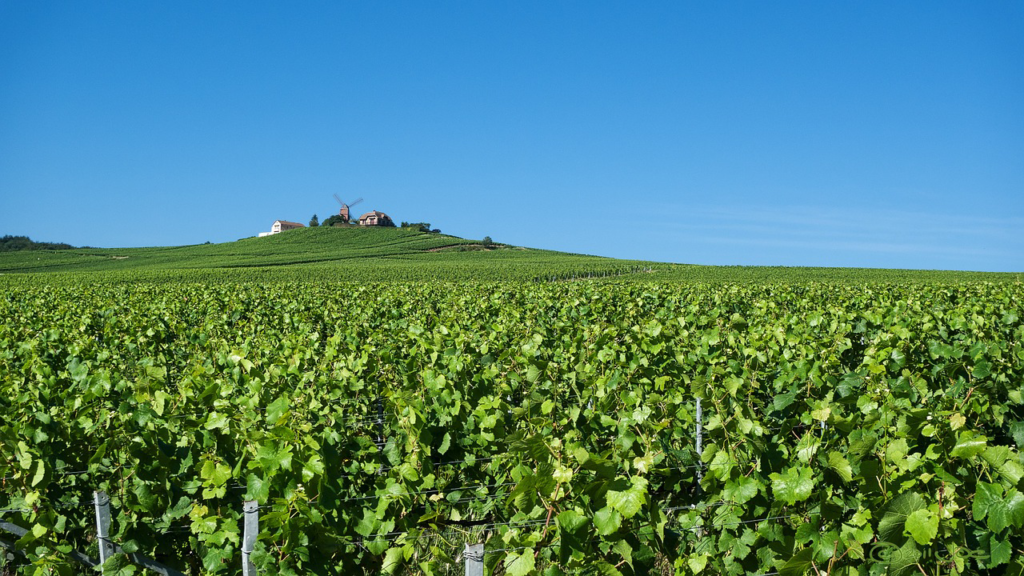
Besides beauty, creativity and great taste, I don’t know what to write. The World Heritage website describes this entry as the following: “The property is made up of three distinct ensembles: the historic vineyards of Hautvillers, Aÿ and Mareuil-sur-Aÿ, Saint-Nicaise Hill in Reims, and the Avenue de Champagne and Fort Chabrol in Epernay. These three components – the supply basin formed by the historic hillsides, the production sites (with their underground cellars) and the sales and distribution centres (the Champagne Houses) – illustrate the entire champagne production process. The property bears clear testimony to the development of a very specialized artisan activity that has become an agro-industrial enterprise.” Essentially, I think, the towns and work grew up around the vines.
UNESCO website: http://whc.unesco.org/en/list/1465
Cathedral of Notre-Dame, Former Abbey of Saint-Rémi and Palace of Tau, Reims
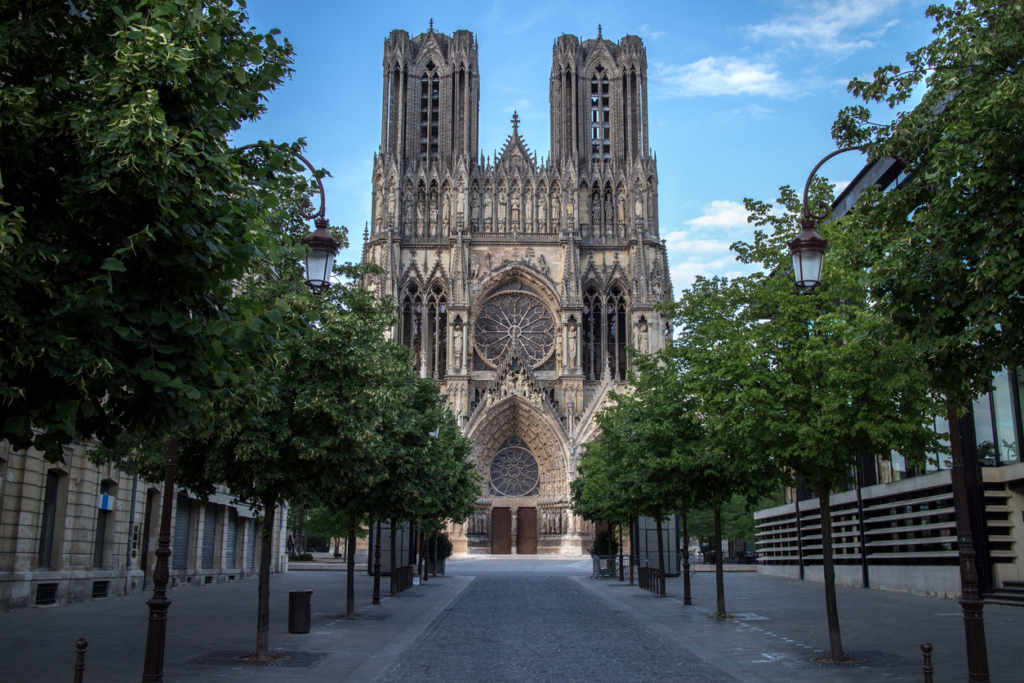
While visiting the Champagne countryside, take a look at this marvel and its compound. Not far from the train station, or from Roman ruins, take a look at the Reims Cathedral and other parts of the World Heritage Site. World War I caused great damage to the cathedral towers, but they have been completely restored.
The Towers of Reims Cathedral are a French National Monument. Website: http://www.cathedrale-reims.fr/en
Ministry of Cultural Affairs website: http://www.reims-cathedral.culture.fr/
UNESCO website: http://whc.unesco.org/en/list/601
Chartres Cathedral
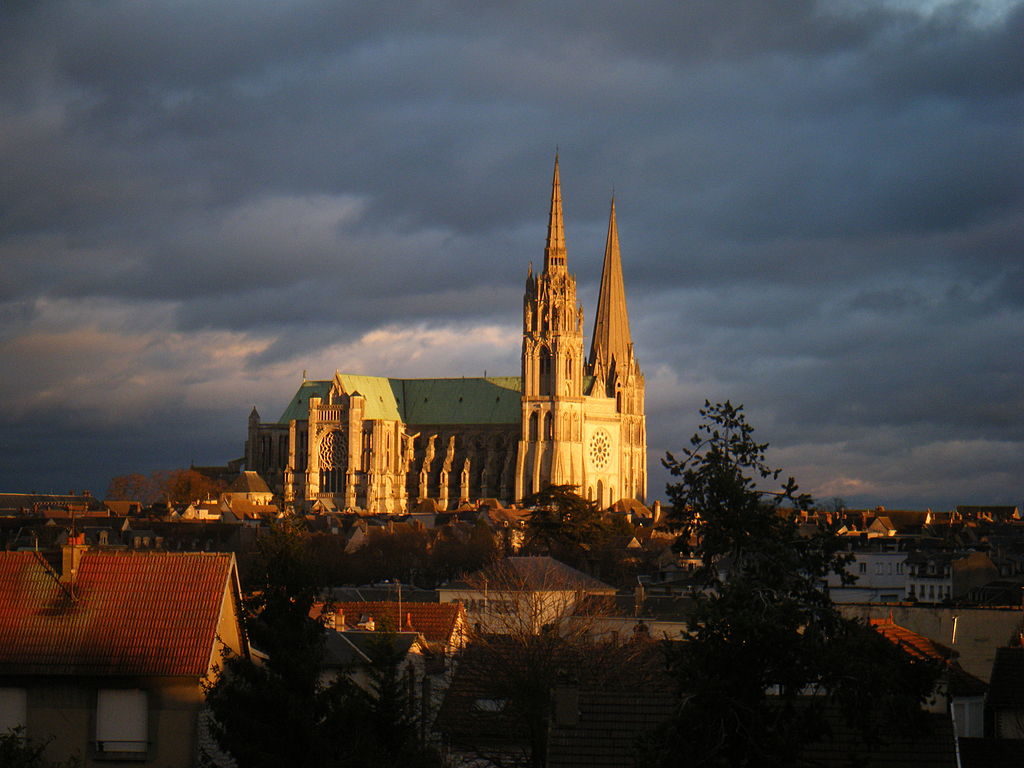
By Ireneed, CC BY-SA 3.0, from Wikimedia Commons
France named Chartres Cathedral a Historic Monument in 1862! It is a medieval and Gothic masterpiece with peerless stained-glass windows. From miles away, this French National Monument is visible by train.
Website: http://www.chartres-cathedrale.fr/en/
UNESCO website: http://whc.unesco.org/en/list/81
Amiens Cathedral
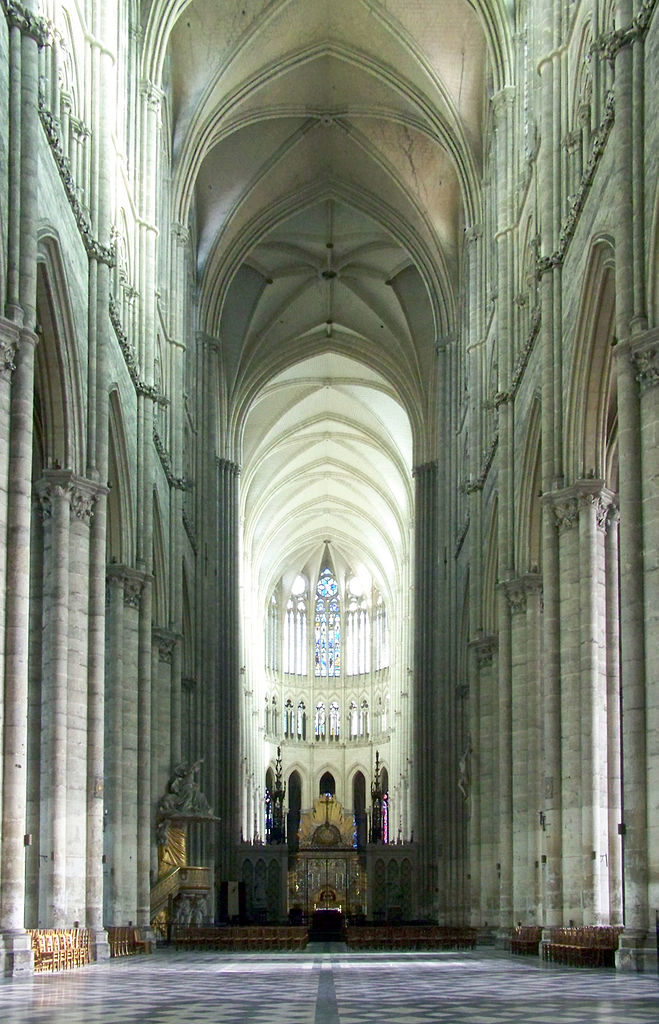
© Guillaume Piolle / CC BY 3.0
Another medieval and Gothic masterpiece and really big. The vaulted ceiling is the tallest of any complete cathedral – nearly 140 feet. And, guess what the relic is? St. John the Baptist’s head! About a half mile from the train station.
Towers and Treasury are a French National Monument. Website: http://www.cathedrale-amiens.fr/
UNESCO website: http://whc.unesco.org/en/list/162
Palace and Park of Fontainebleau
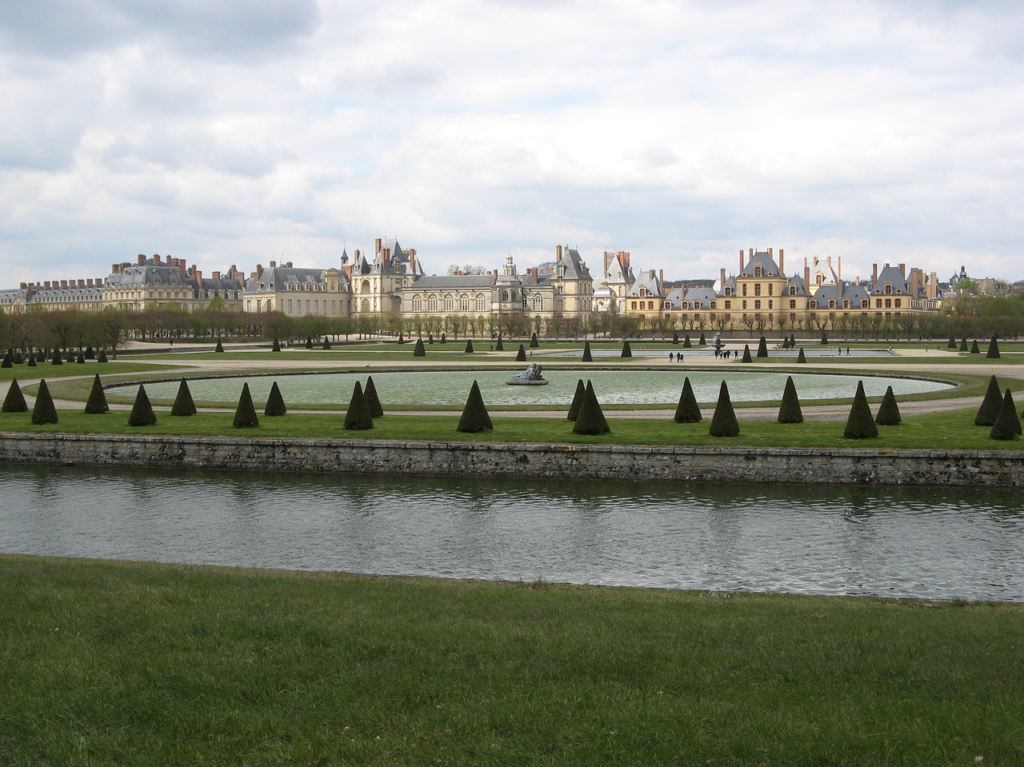
The Château grew from a royal hunting lodge into the 16th-century palace of François I. Expansions kept it growing, and the gardens along with it. Creaking wood floors, opulent fabrics, furniture and tapestries, chapels, apartments, and the grandest exterior staircases. About an hour outside of Paris by car, but no train. Many tour companies offer day trips.
Website: http://www.musee-chateau-fontainebleau.fr/spip.php?page=sommaire&lang=en
UNESCO website: http://whc.unesco.org/en/list/160
Palace and Park of Versailles
‘Nuff said.
Official website: http://en.chateauversailles.fr/
UNESCO website: http://whc.unesco.org/en/list/83
The Loire Valley between Sully-sur-Loire and Chalonnes
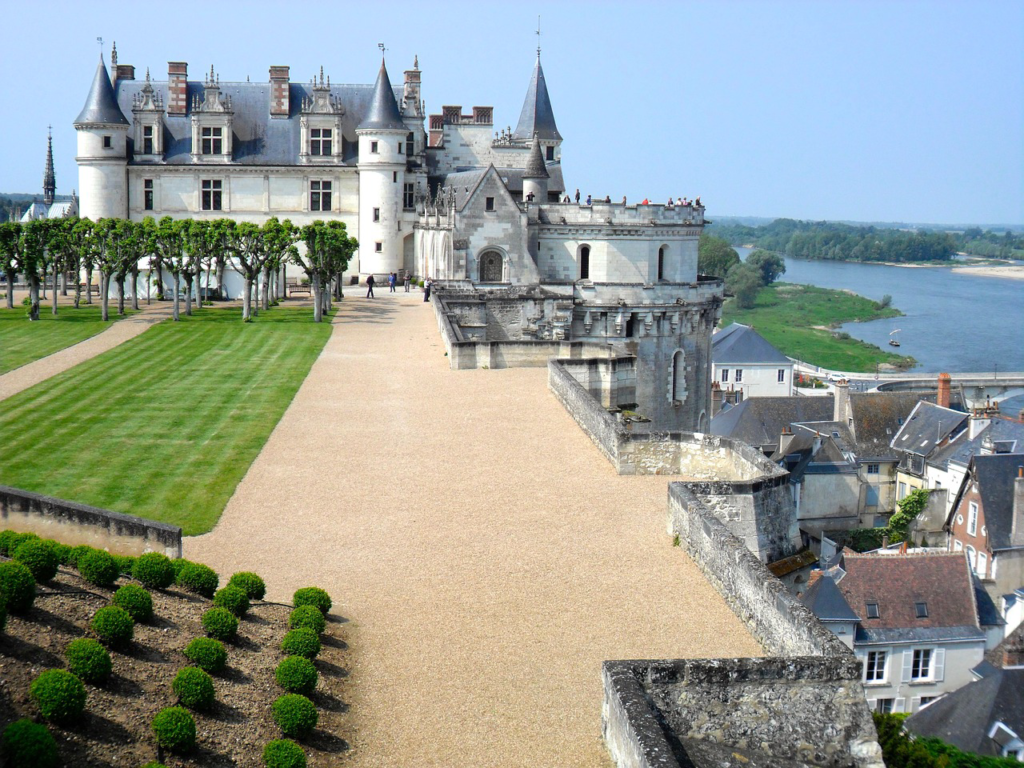
Beautiful river, glorious drive, breathtaking castles. Some of the Châteaux included in the designated area are Chambord, Blois, Chenonceau, Amboise, and Azay-le-Rideau.
UNESCO website: http://whc.unesco.org/en/list/933
Another site, very close to Paris is on UNESCO’s “Tentative List.”
One day it may receive the prestigious designation.
Basilique Cathédral de Saint-Denis
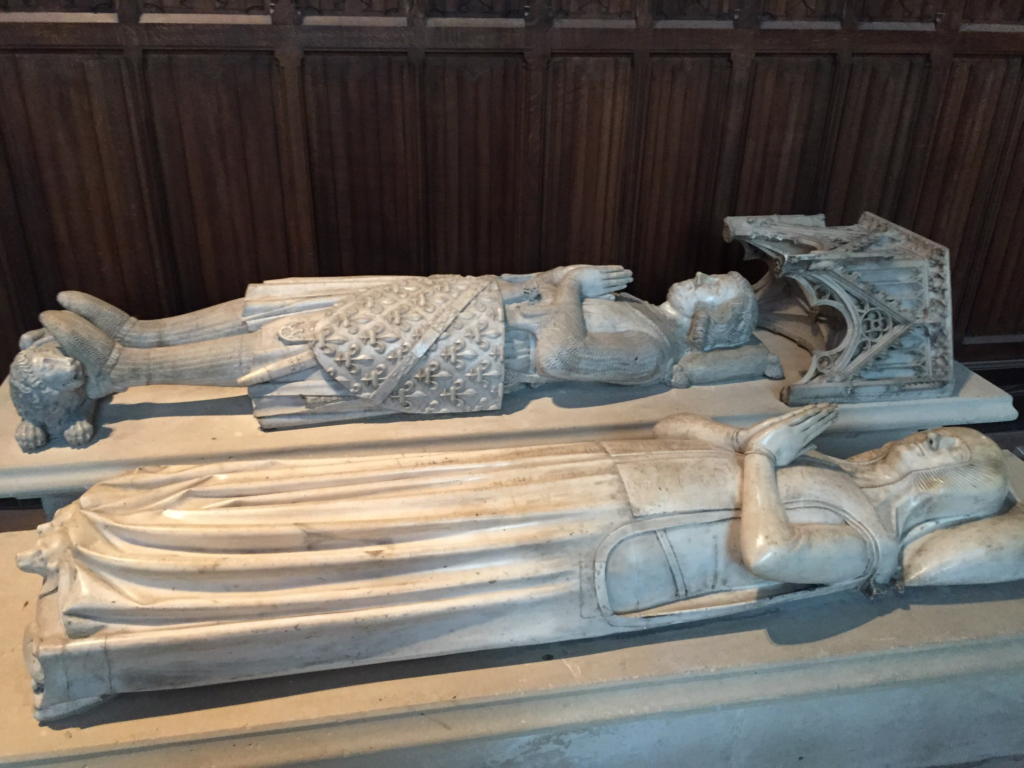
This Gothic masterpiece is the final resting place of many kings and queens of France. The interior and crypt are filled with funerary art. Marie Antoinette is interred here. A French National Monument.
Website: http://www.saint-denis-basilique.fr/en/
UNESCO website: http://whc.unesco.org/en/tentativelists/230/
And, just for fun, here is a poster inside Notre-Dame showing the evolution of the Gothic cathedral in France.
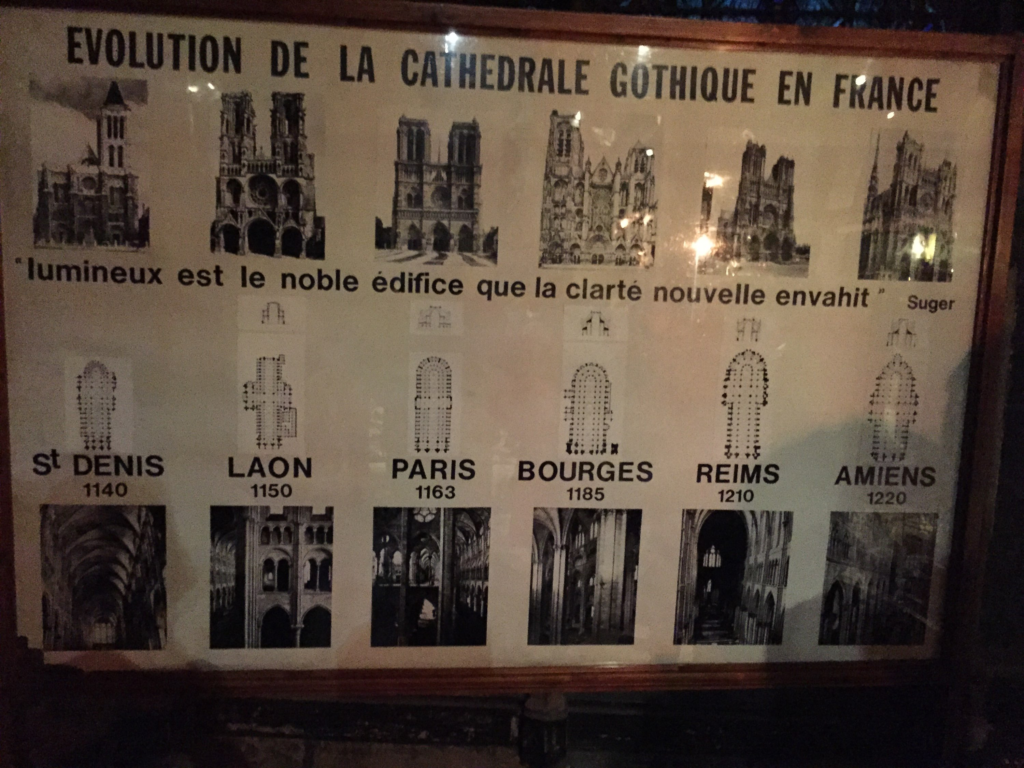
Read more on efforts to preserve French culture in the post “Inrap and Tromelin, the Island of Forgotten Slaves“.
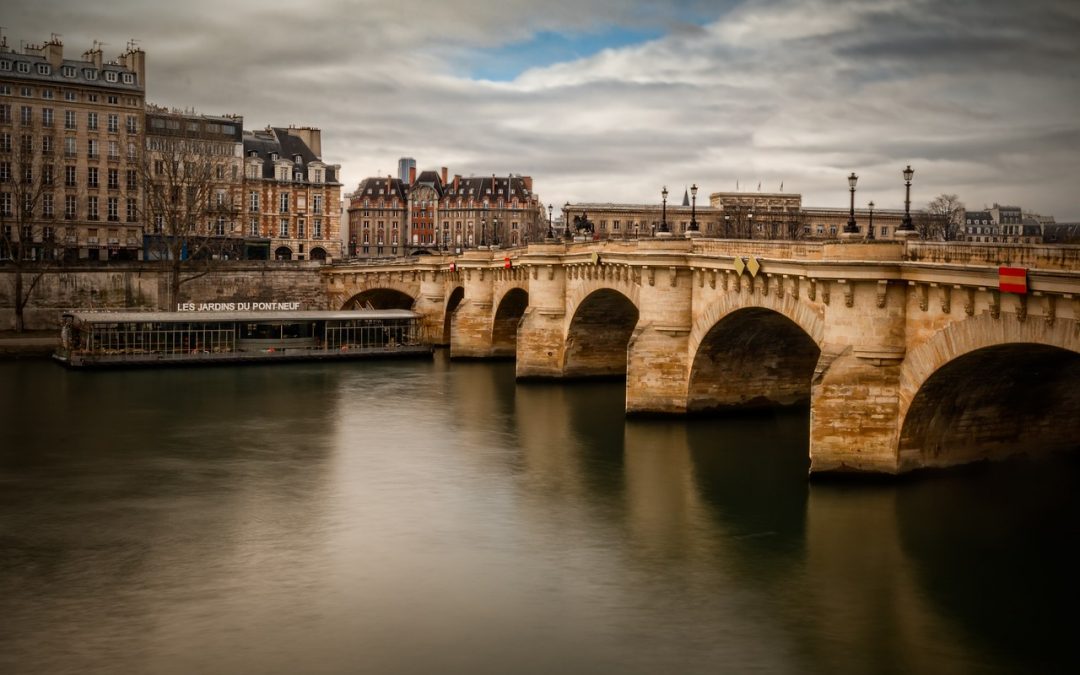

This is awesome!!!
Thanks, really appreciate your comment!